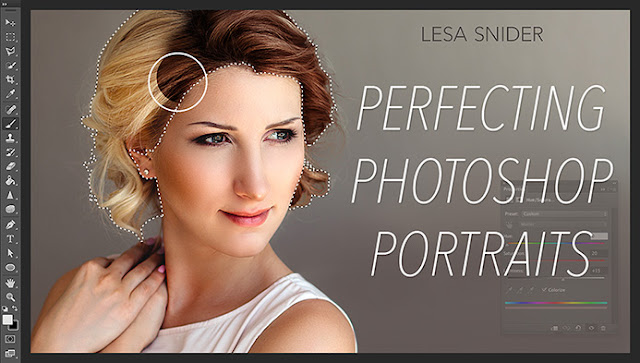Venice. ©1986 Kirk Tuck
From ancient Kodachrome to modern screen.
Yesterday evening I remembered having shot an image a long time ago that I wanted to show. I went into the studio and rummaged through the beige filing cabinet next to my messy desk for five or ten minutes and was able to locate the original image. It existed only as a Kodachrome slide in its little cardboard mount.
I have changed computers several times since I last had a scanner hooked up and I didn't relish the process of digging out said scanner, connecting it the current computer and making sure that it would, (a). work with the latest operating system. And, (b). need new software installed to drive the machine, along with the inevitable learning curve and trouble shooting that goes with any scanning adventure.
I opted to take the easy way out. Essentially I shot a photograph of the original slide with my Sony camera. Done.
That's the simple version but here's a quick but more detailed look at a simple process:
I took a Fotodiox 512 AS LED panel and placed it face up on a rolling tool cabinet. I used the barn doors on the light unit to support a 10 x 12 inch piece of white Plexiglas over the LEDs. I placed the slides on top of the Plexi and used a slide holder from a discarded scanner to both keep the slides in position, and to block excessive backlight from causing flare. Before inserting the color slides I took a custom white balance directly from the white Plexiglas. Might as well have a known starting point...
I positioned the camera (Sony a6300) on the horizontal arm (side arm) of a Gitzo tripod. I used a cheap bubble level to level the Plexiglas, and then the camera (after finding the camera height needed for magnification). I used a Nikon 55mm f2.8 Micro-Nikkor lens with an inexpensive Fotodiox, Sony Nex to Nikon lens adapter.
I set the drive mode to a 5 second delay so the minute vibrations of the tripod/arm combination would not degrade sharpness. Focusing was easy with focus magnification and I could actually use the focus peaking lines to gauge how long it took for the tripod and arm to become fully stationary; the focus peaking outlines would stop actively aliasing when all movement stopped...
Now I could shoot, then slide the holder over, shoot the next slide, slide the holder over, shoot the next slide.... I made small exposure adjustments to taste and used a low DRO setting to add some openness to the shadow areas. I shot in raw so I could use whatever adjustments I might need in Lightroom.
After the initial set up the process was quick and easy. I was able to "scan" about 20 images in fifteen minutes and then spent a couple of minutes at the computer for each slide, as a find touch up.
I shot the set up images for you this morning with light coming through the window but I guess it's pretty obvious that you'll want to block out ambient light as much as possible while you are actually shooting so you get the best contrast, and no reflections or added color casts.
If I were hellbent on making giant prints from the slides I'd send them to Holland Photo and have them make meticulous scans. But when you want to make quick transitions from film to screen this is a workable method. Just don't over-think it.
Kinky Friedman. ©1992 Kirk Tuck
ads....
One of the original Craftsy Photo Classes and
still one of the best!
I met Lance a couple of weeks ago in Denver
and found him to be really fun and knowledgeable
this class reflects what he teaches in hands-on
workshops in Ireland and Iceland, as well as
cool places around the U.S.
How to make what we shoot into a cohesive
train of visual thought.


























